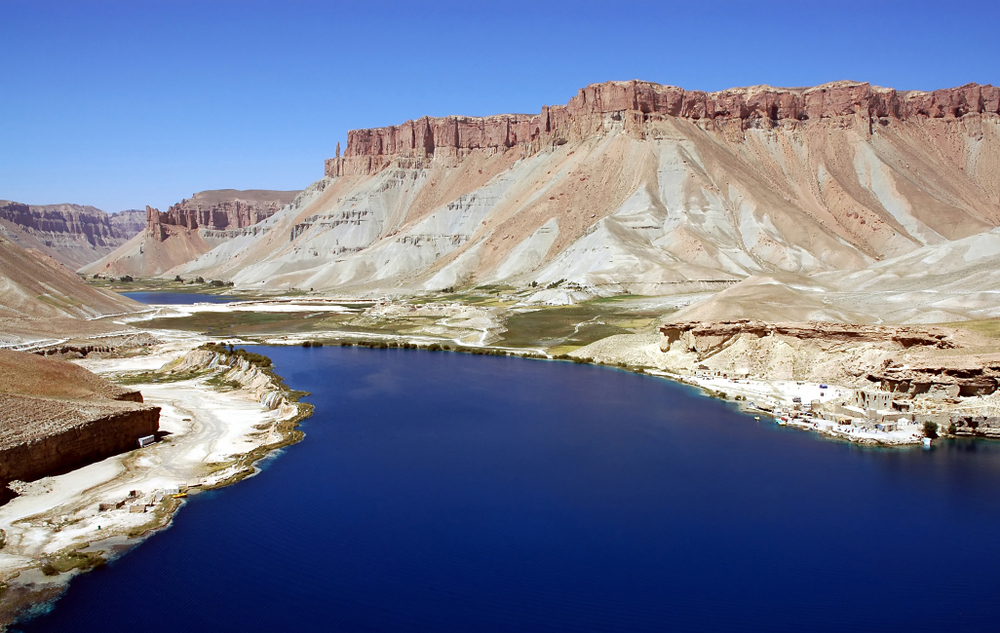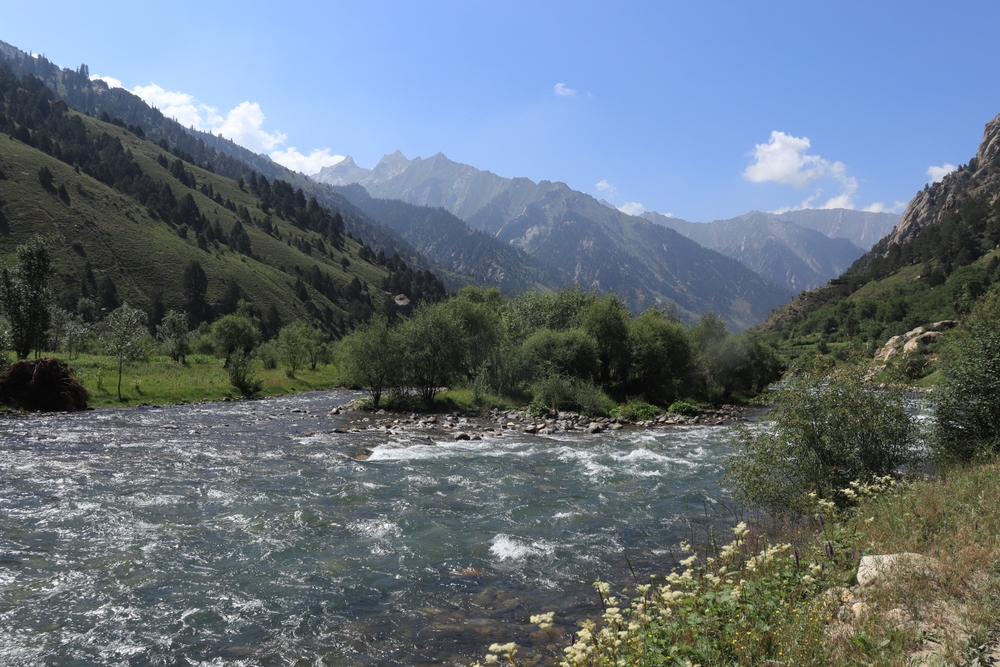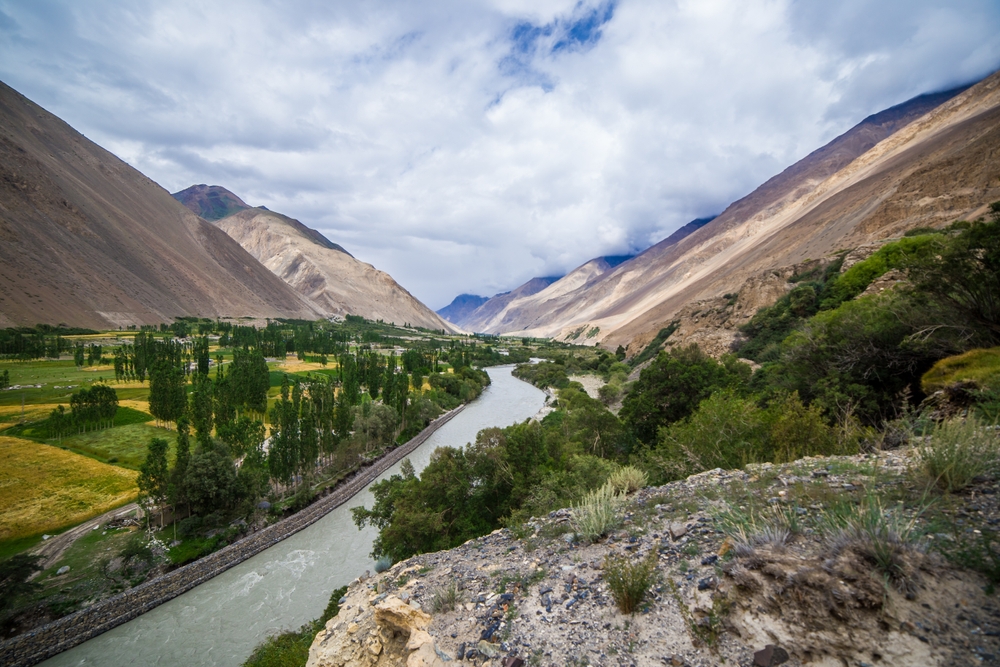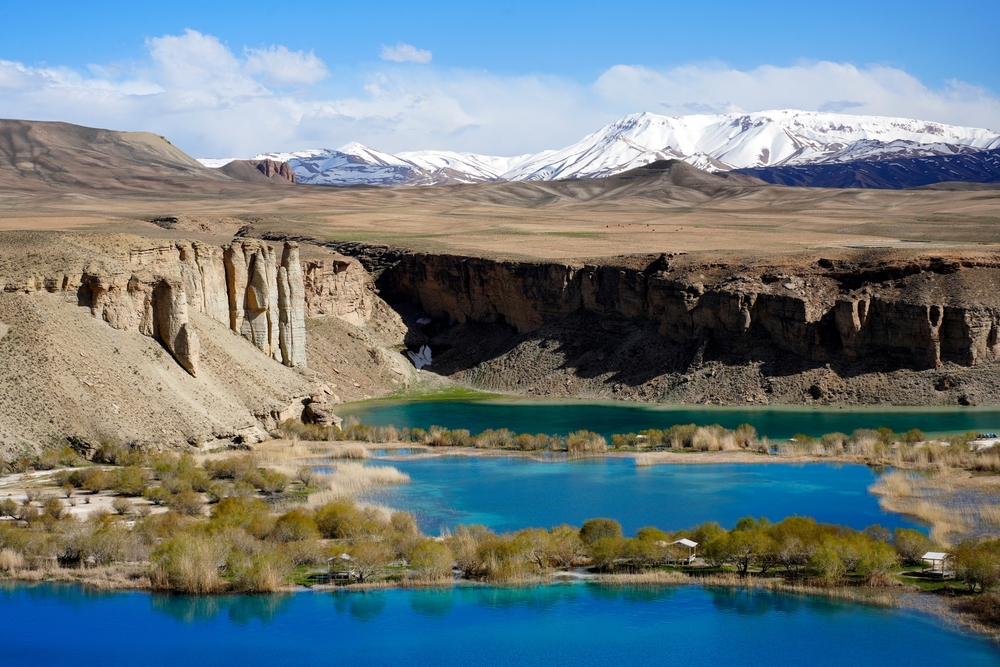The first national park in Afghanistan is Band-e Amir National Park, established in 2009. Located in the central highlands of the country, near Bamiyan, this park was created to protect the unique series of six deep blue lakes formed by natural dams of travertine. Band-e Amir is considered a natural wonder and has been a critical area for both tourism and conservation in Afghanistan.
About Afghanistan National Parks
Afghanistan is a country of remarkable natural beauty and diverse landscapes, ranging from rugged mountains to lush valleys and arid deserts. Despite decades of conflict and instability, efforts have been made to preserve the country’s unique ecosystems through the establishment of national parks. Currently, Afghanistan has three officially recognized national parks: Band-e-Amir National Park and Wakhan National Park. These areas serve as critical sanctuaries for wildlife, biodiversity, and the natural environment, while also offering potential for eco-tourism and local economic development.
Band-e-Amir National Park, established in 2009, is Afghanistan’s first national park and one of its most popular. Located in the central highlands of the Bamyan Province, it is known for its series of six stunningly blue travertine lakes, created by mineral-rich water flowing through the karst landscape. Surrounded by rugged cliffs, the park provides a habitat for a variety of wildlife, including the endangered snow leopard and ibex. Band-e-Amir also holds cultural significance as a pilgrimage site, blending ecological importance with deep spiritual value.
Wakhan National Park, officially designated in 2014, is situated in the northeastern Wakhan Corridor, a narrow strip of land that connects Afghanistan to China. This remote and breathtaking park covers a vast area of high-altitude terrain, including parts of the Pamir and Hindu Kush mountain ranges. The park is home to unique wildlife such as Marco Polo sheep, Eurasian lynx, and Himalayan brown bears. The Wakhan region is also inhabited by semi-nomadic communities who live in harmony with nature, presenting a model of sustainable coexistence between humans and wildlife.
Nuristan National Park is renowned for its dense forests, dramatic mountain landscapes, and rich biodiversity. There are questions about whether Nuristan is officially recognized as a national park. Until confirmed, access is provided and the area is recognized by the NPA at this time.
Afghanistan’s national parks face significant conservation challenges. Persistent security concerns have limited scientific research, management efforts, and eco-tourism development in these areas. Poaching, overgrazing, and habitat degradation due to a lack of enforcement and resources further threaten the fragile ecosystems. Climate change exacerbates these issues, particularly in high-altitude regions where glaciers are retreating and water sources are under strain.
Despite these challenges, there have been notable successes in conservation. The establishment of Band-e-Amir as a national park marked a significant milestone for environmental protection in Afghanistan, bringing global attention to the need for preserving the nation’s natural heritage. Similarly, Wakhan National Park has benefited from collaborative efforts between local communities, non-governmental organizations, and international donors. Initiatives such as community-based wildlife monitoring and eco-tourism training have fostered a greater sense of stewardship among residents, contributing to the park’s protection.
Afghanistan’s national parks symbolize both the challenges and opportunities of conservation in a country with immense natural wealth. With continued efforts, they hold the potential to safeguard biodiversity, promote sustainable livelihoods, and offer a glimpse of hope for a greener future.
List of Afghanistan National Parks
You can find an alphabetical list of national parks in Afghanistan below. Click on the Explore Now button to learn more on each national park.
Afghanistan National Parks

Band-e Amir National Park
Explore Now
Nuristan National Park
Explore Now
Wakhan National Park
Explore NowFAQ’s
1. What was the first national park in Afghanistan?
2. What is the largest national park in Afghanistan?
Wakhan National Park is the largest national park in Afghanistan, covering approximately 4,200 square miles (10,900 square kilometers). Established in 2014 in the northeastern part of the country, it is located in the remote Wakhan Corridor.
The park encompasses a variety of ecosystems, including mountainous terrain, high-altitude plains, and river valleys, supporting wildlife such as snow leopards, Marco Polo sheep, and ibex.
3. What is the smallest national park in Afghanistan?
Afghanistan currently has a limited number of national parks, and Band-e Amir National Park, covering about 230 square miles (600 square kilometers), is both the first and one of the smaller parks in the country. Despite its size, the park is rich in natural beauty and is an important cultural and natural heritage site.
4. What is the most popular national park in Afghanistan?
Band-e Amir National Park is the most popular national park in Afghanistan, renowned for its stunning turquoise lakes surrounded by majestic cliffs and rugged landscapes. The park’s main attractions include its six interconnected lakes, each with its own distinctive hue, offering breathtaking scenery and crystal-clear waters.
Visitors are drawn to the park for its scenic beauty, opportunities for hiking, and the chance to experience the serene, untouched landscapes of Afghanistan. As the country’s most accessible and iconic national park, Band-e Amir plays a key role in eco-tourism and conservation efforts.
5. What percentage of Afghanistan's land area is protected through National Parks?
Currently, around 0.3% of Afghanistan’s land area is officially protected through national parks and conservation efforts, which equates to roughly 400 square miles (1,036 square kilometers).
While Band-e Amir remains the most recognized national park, efforts are ongoing to designate more areas for preservation. Afghanistan boasts a variety of ecosystems, including mountains and deserts, though conservation initiatives are still in their infancy.
6. What other protected areas are there in Afghanistan?
In addition to national parks, Afghanistan has wildlife reserves and protected forests that help conserve its natural biodiversity.
These areas aim to safeguard wildlife and prevent the over-exploitation of the country’s resources. However, ongoing conflict and limited resources have hindered the expansion of such protected areas.
7. What nature attractions does Afghanistan have apart from National Parks?
Aside from its national parks, Afghanistan offers visitors the majestic Hindu Kush mountains, which provide excellent trekking opportunities and stunning views.
The country’s desert landscapes, particularly in the southwestern regions, also provide unique nature attractions, showcasing the dramatic diversity of Afghanistan’s natural environment.
8. What species are endemic and unique to Afghanistan?
Afghanistan is home to several endemic species, including the Afghan snowfinch and wild goat species like the Markhor. These species face threats from habitat loss, poaching, and the unstable security situation.
9. What is Afghanistan's main international airport?
Kabul International Airport (KBL) serves as the main international gateway into Afghanistan.
Other significant airports include Kandahar International Airport (KDH) and Mazar-i-Sharif International Airport (MZR).
10. What international airline companies fly into Afghanistan?
International airlines flying into Afghanistan include
- Ariana
- Afghan Airlines
- Kam Air
- Pakistan International Airlines (PIA).
11. Who manages the national parks of Afghanistan?
Afghanistan’s national parks and other protected areas are managed by the National Environmental Protection Agency (NEPA).
More information can be found on their website: http://nepa.gov.af.










































































